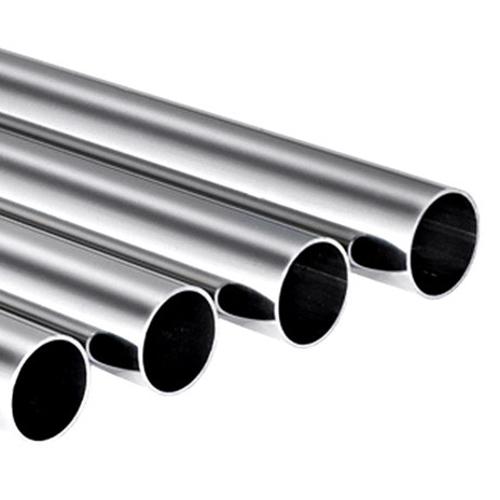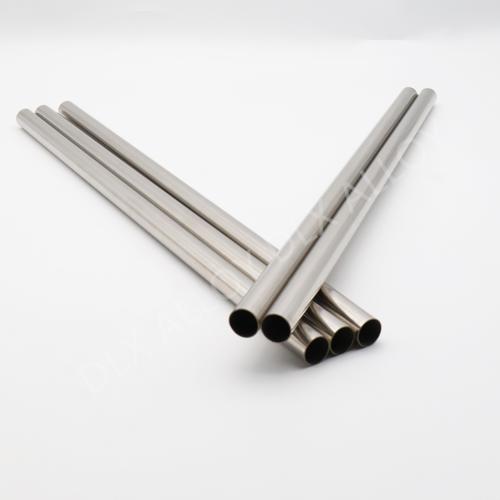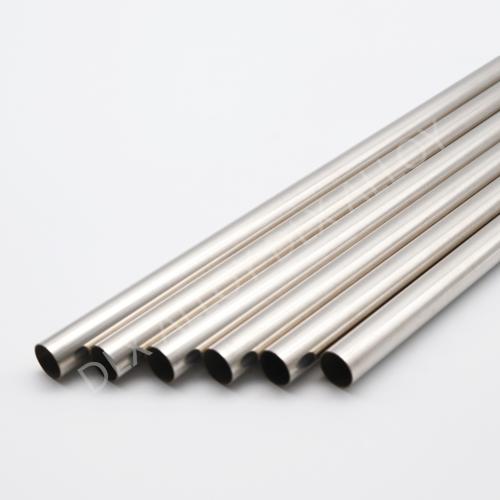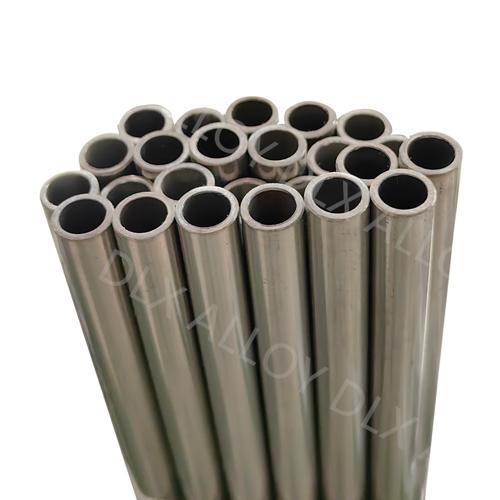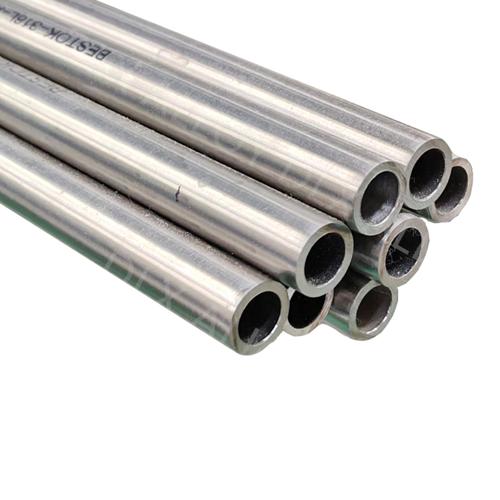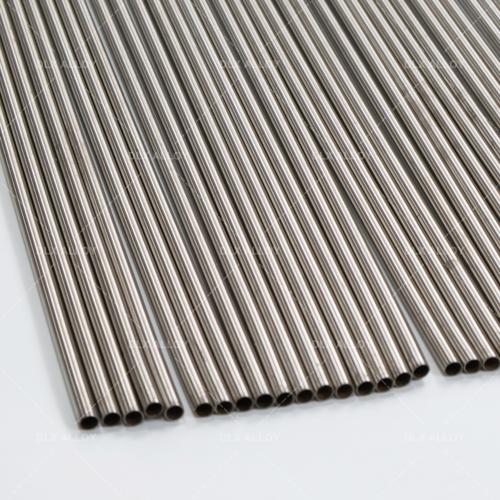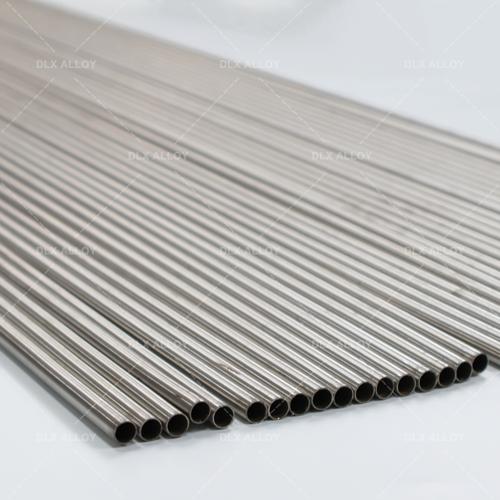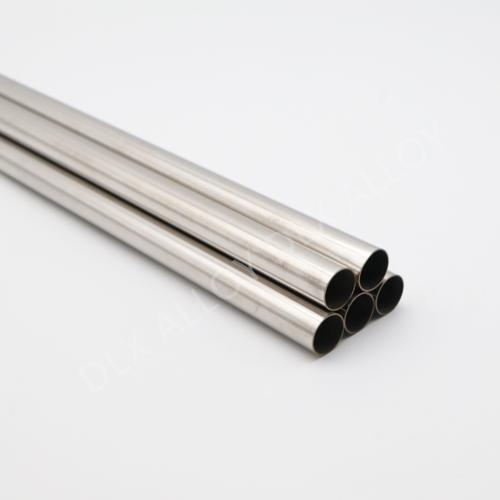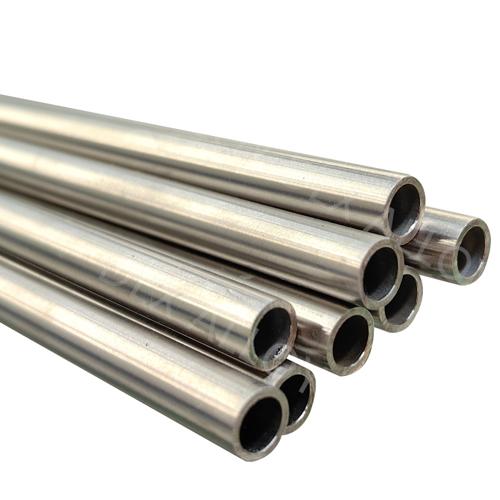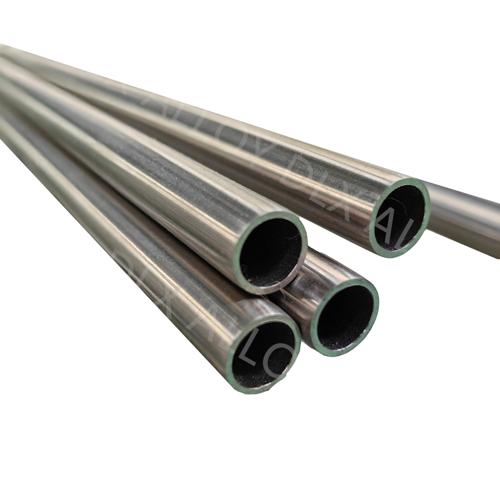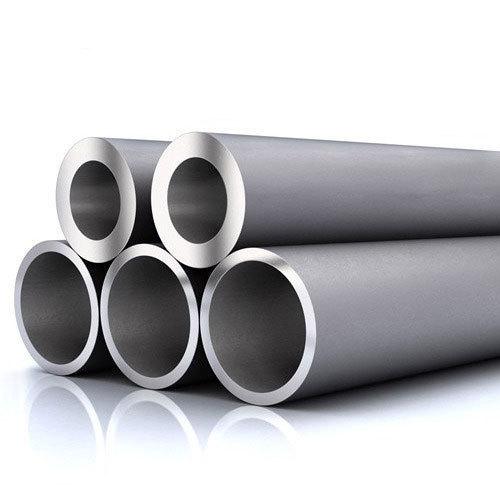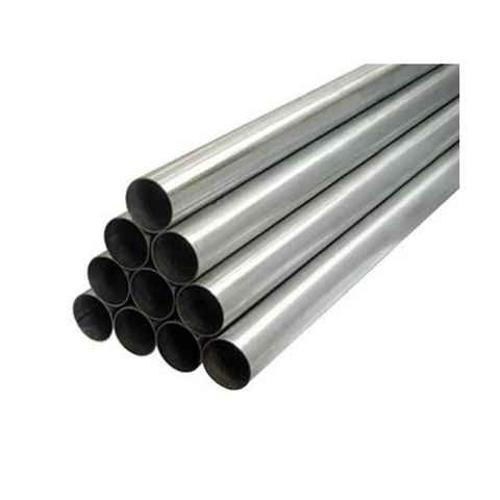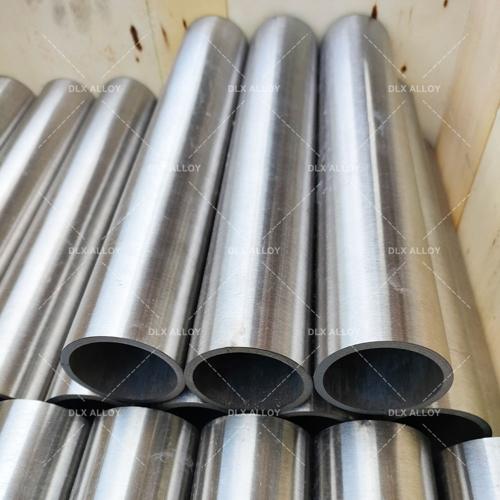Hastelloy Alloy
Hastelloy alloy is a high-performance alloy, also known as HC Hastelloy, which consists mainly of nickel, molybdenum, chromium, and iron, and has excellent corrosion resistance and high temperature strength. This alloy is used in a wide range of applications in several industrial sectors including, but not limited to, chemical processing, oil and gas, aerospace, medical, and power. In chemical processing, Hastelloy alloys are primarily used in the production of acidic chemicals such as sulfuric, hydrochloric, and hydrofluoric acids, as well as chlorine and chlorides, such as sodium chloride and aluminum chloride. such as sodium chloride and aluminum chloride. These chemicals are often highly corrosive, but the corrosion resistance of Hastelloy alloys makes them ideal for these applications.
Additionally, in the oil and gas sector, Hastelloy alloys are used in the manufacture of piping, tanks and equipment components that are often subjected to high temperatures and pressures. Hastelloy's high-temperature strength and corrosion resistance make it an ideal material for the oil and gas industry. In the aerospace industry, Hastelloy alloys are widely used in the production of components for aero-engines and missiles, which must be able to withstand high temperatures, high pressures and highly corrosive environments, and Hastelloy's excellent properties make it a very important material.
Hastelloy alloys have been developed primarily for resistance to hydrochloric acid corrosion and include a family of Ni-Mo based alloys, some of which are resistant to hydrochloric acid corrosion up to 70°C, while by increasing the Mo content and lowering the Fe content, they can be used for boiling hydrochloric acid of any concentration, as well as good corrosion resistance in sulfuric acid and even hydrofluoric acid. Although these alloys may suffer from edge and intergranular corrosion when used in hydrochloric and sulfuric acid media after welding or high-temperature molding, by lowering the deleterious elements C, Si, Fe and adding W, V, Nb and other measures can overcome these shortcomings and further improve the performance of the alloy

